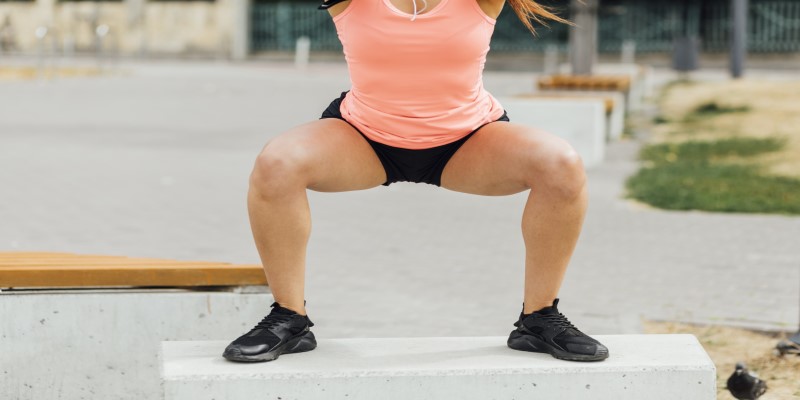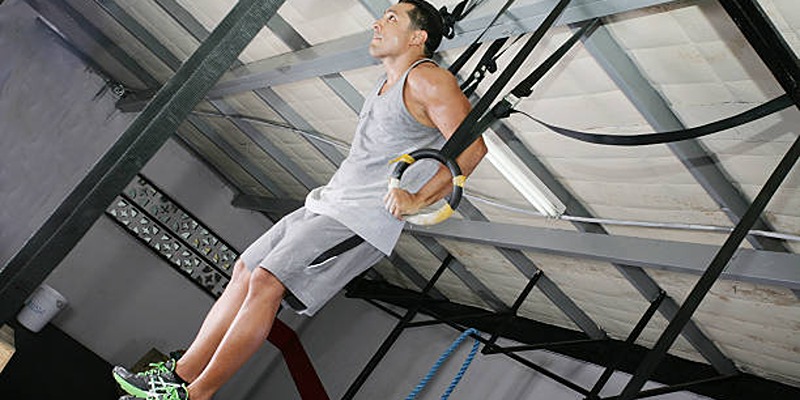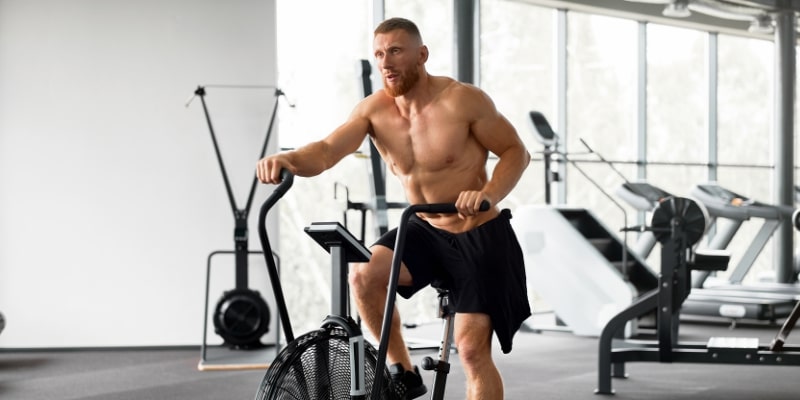Have you ever experienced a persistent ache in your lower back, hips, or thighs that won't go away? It might be your psoas muscle, your "inner superhero" because of its vital role in movement and stability. Tightness in this deep core muscle can cause mild and various discomforts, impacting your everyday activities and overall well-being. Worry not, fellow peeps! Pilates offers an efficient and secure way to improve your tight psoas muscles, promoting flexibility, increased strength, and even better posture.
Understanding Your Psoas Muscle: The Mighty Mover
Imagine a powerful muscle connecting your lower back and the spine to your upper leg bone. This, my friend, is the psoas major, one of the core muscles in the abdomen region in your body. It plays a vital role in a few essential functions:
- Hip flexion: Think bringing your knee towards your chest – that's the psoas doing its superhero work.
- Posture: A healthy posture keeps your spine alignment correct and your core and abdominal muscles engaged. Think of standing tall and proud, not hunched like a question mark.
- Balance and walking: The psoas helps to stabilize your hips and pelvis appropriately like a tiny GPS guiding your every step.
- Breathing: Surprisingly, the psoas even assist with deep, diaphragmatic breathing, helping you channel your inner breathing master.
The Trouble with Tight Psoas: Why It Matters
When the psoas becomes tight, it can pull your lower back and pelvis out of alignment, leading to a cascade of problems:
- Lower back pain: Tightness can pull on the lower spine, contributing to aches and discomfort.
- Hip pain: A tight psoas can restrict hip mobility, causing pain and stiffness.
- Postural issues: Misalignment due to tight psoas can lead to slouching, hunching, and other postural problems.
- Limited flexibility: Tightness can restrict your range of motion, impacting activities like running, jumping, and even sitting comfortably.
Pilates to the Rescue
The beauty of Pilates lies in its gentle yet practical approach to muscle lengthening and strengthening. By incorporating specific exercises targeting the psoas and surrounding muscles, you can gradually release tightness and improve your overall well-being. Here are some key Pilates exercises to get you started:
Psoas Stretch with Knee Twist: (Because Who Doesn't Like a Twist?)
- Lie on your back, hug one knee to your chest, and gently twist your lower back towards the opposite leg, like a ballerina preparing for a grand jeté (without actually doing the jeté, safety first!). Feel the stretch in your hips and psoas as you repeat on the opposite side.
Supine Figure-Four Stretch:
- Lie on your back with both knees bent. Stretch your right ankle just above the knee over your left thigh. Move your left knee near to your chest in a pulling motion with care, experiencing a stretch in your right hip and psoas. Repeat on the other side.
Child's Pose with Psoas Activation:
- Place your forehead on the mat while your hands and knees are grounded, and sit back on your heels. Gently tuck your chin towards your chest, then press your lower back slightly towards the floor, like someone trying to sneak under a low doorway (without actually sneaking anywhere). Hold for a few breaths and then release.
Single-Leg Bridge (Because Bridges Are Cool)
- While lying on your back, raise one leg straight up in the air, press or gently push your lower back into the mat, and lift your hips off the ground. Hold for a few seconds, then lower back down with control. Carry out the same action with the other leg.
The Cat & Cow Pose:
- Position your wrists down from your shoulders and your knees down and beneath your hips as you begin on the palm of your hands and knees. When you inhale, arch your back and gaze up (cow pose). Exhale, turn your back, and adopt the cat pose, tucking your chin into your chest. Repeat this flow for several breaths, focusing on smooth and controlled movements.
Remember: These are just a few examples, and it's crucial to consult a certified Pilates instructor for personalized guidance and modifications, especially if you have any existing injuries or limitations.

Beyond the Mat: Keeping Your Psoas Happy
While Pilates is a powerful tool, a holistic approach is critical. Here are some tips to keep your psoas smiling:
- Keep a good posture: Stand straight and confident, shoulders back, and avoid slouching like a defeated villain (...unless you're acting in a play, of course!).
- Stretch regularly: Include other gentle stretches targeting your hips, quads, and glutes to improve your overall flexibility. Think of a stretching routine like you're preparing for a workout.
- Hydrated enough? Water keeps you energetic, your muscles smiling (not literally), supple, and in good working order.
- Manage stress: Don't take stress to your head, as chronic stress can contribute to muscle tension. Try practicing relaxation techniques, breathing exercises, or maybe meditation, like taking a well-deserved break after a hard day.
- Consider ergonomic adjustments: Sitting for extended periods of time? Set up your workstation properly to avoid unnecessary strain on your superhero muscle.

The Benefits and Perks of Pilates for Psoas Health
Regular Pilates practice offers a multitude of benefits for your psoas and overall well-being:
- Improved flexibility: Pilates exercises specifically target the psoas, helping it loosen up and regain its lost range of motion. Think of it as giving your inner muscle the flexibility it needs.
- Enhanced strength: Stronger core and abdominal muscles, including the psoas, contribute to better posture and stability overall.
- Reduced pain: Releasing tension and restoring correct alignment helps in alleviating mild and even intense pain in the lower back, hips, and thighs. Assuring a pain-free good night's sleep and rest.
- Improved athletic performance: A strong and flexible psoas can improve your movement efficiency and reduce the risk of injury, making you a more well-rounded athlete (or a weekend warrior).
- Overall well-being: Pilates promotes relaxation, calmness, and mindfulness, which can positively improve your physical health and bring you mental clarity to make you stronger in both departments.
The Bottom Line: Your Psoas Deserves TLC
A chronically tight psoas might be the culprit if you've been struggling with inexplicable aches and pains. Pilates offers a safe, effective, and accessible pathway to releasing tension, improving strength, and cultivating a sense of well-being throughout your entire body. By combining mindful Pilates practice with healthy lifestyle adjustments, you can empower your inner superhero muscle and reclaim your freedom of movement. Remember, consistent training is vital, so embrace Pilates as a regular part of your routine and experience the transformative power of unlocking your psoas potential.




